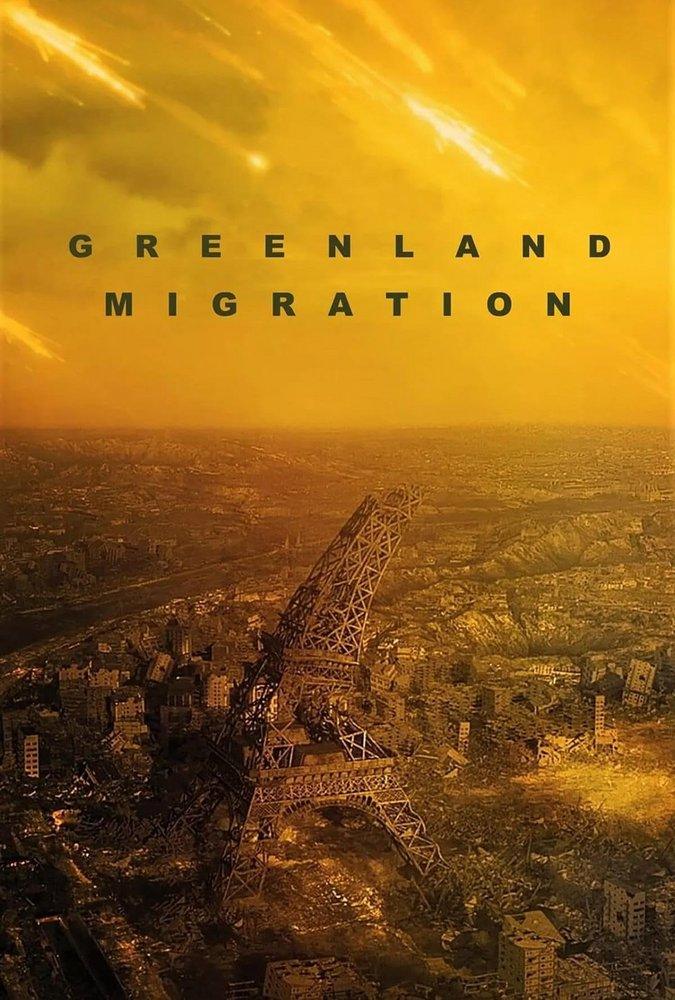The Effects of Climate Change on Greenland

Introduction
Greenland is increasingly in the spotlight as one of the regions most affected by climate change. The significance of this vast island, the world’s largest non-continental island, extends beyond its geographical scale. With its massive ice sheet, Greenland plays a crucial role in global sea level rise and climate regulation. Understanding the ongoing changes in Greenland is imperative for policymakers and environmentalists alike as it reflects broader trends in climate change impacting the planet.
Current Events and Impacts
Recent reports from the National Snow and Ice Data Center indicate that Greenland’s ice sheet continued to melt at an alarming rate this summer, contributing to nearly 0.74 millimetres of global sea level rise in 2023 alone. This accelerated melting is attributed to rising ocean temperatures and warm air rising above the Arctic region. In July 2023, satellite images revealed a significant decrease in ice cover compared to previous years, highlighting the urgency for global climate action.
Additionally, the Greenland Ice Sheet is experiencing unprecedented rates of ice loss, with estimates suggesting that nearly 3.5 trillion tonnes of ice have been lost since 1992. This melting not only contributes to sea level rise but also affects ocean currents and weather patterns globally. The consequences can be seen as far as Europe and North America, where changes in precipitation and temperature patterns have been linked to shifts in Greenland’s ice dynamics.
Adaptation and Future Outlook
In response to the alarming situation, researchers and governments are prioritising disaster preparedness and adaptive strategies for communities both in Greenland and those affected by rising sea levels. The Greenlandic government, alongside international partners, is investing in sustainable practices and renewable energy sources to combat climate impacts and promote economic resilience.
Experts predict that without substantial reductions in carbon emissions worldwide, the situation in Greenland will worsen. If current trends continue, projections suggest that sea levels could rise by more than two meters by the year 2100, resulting in catastrophic consequences for coastal cities globally.
Conclusion
The situation in Greenland serves as a stark reminder of the urgent need for global climate action. As the melting ice continues to reshape environmental landscapes and human societies, the events unfolding in Greenland will undoubtedly ripple across the globe. For readers, staying informed about these developments is vital—not only for understanding the current environmental challenges but also for encouraging sustainable solutions that may help mitigate these effects.
